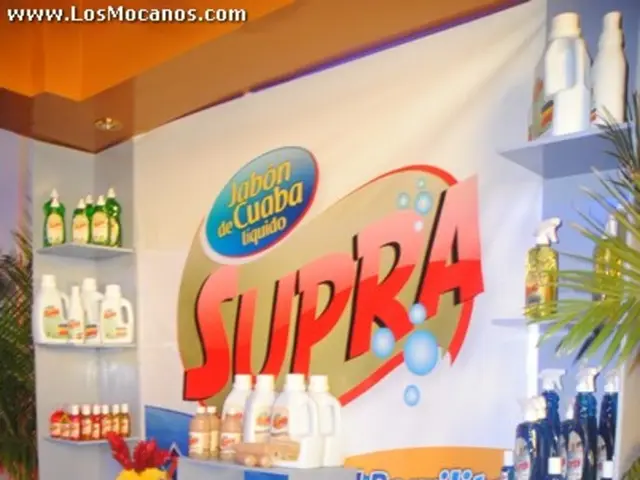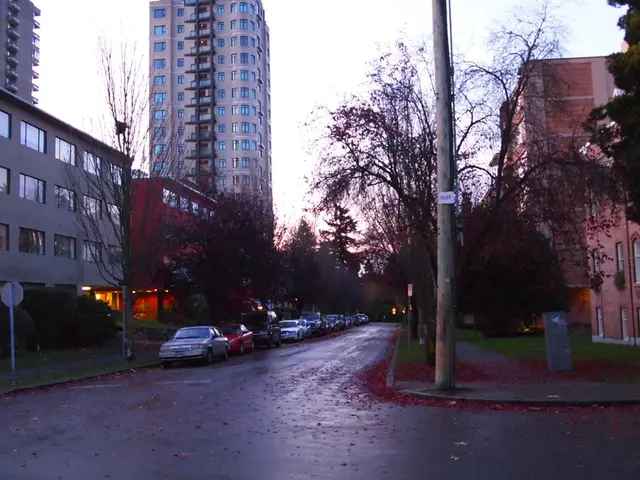Peculiar Custom: The Reason Behind the Blue and White Greek Houses
The iconic white and blue houses dotting the landscapes of the Cyclades, notably in Mykonos, Paros, and Lindos, are more than just a picturesque backdrop to Greece's turquoise beaches and ancient temples. These structures, usually no more than two stories high, have come to symbolize the regions' distinctive charm. But the pristine whiteness that catches the eye is far from mere aesthetic preference or a tribute to the Greek flag.
For travelers planning a trip to Greece, here are some interesting articles:
- A hidden gem in Greece: A detour to this little-known region
- Athens' underwater museum to showcase 2,500 artifacts
- Savor six desserts that embody Greek flavors
Beat the Heat with Whitewash
Originated as earthy tones due to the rich iron oxide in local materials, these coastal houses once baked under the blistering sun of Greek islands. The absorptive dark shades made interiors unbearably hot. To find relief, the locals turned to white paint—more reflective and recognized as albedo—which adeptly reflected sunlight, thus mitigating the heat.
Some cities, like Athens, even apply this heat-relieving measure to selected neighborhoods to combat the harsh effects of summer heatwaves.
Lime: A Sanitizer in Disguise
The white color's unexpected origin lies in lime, a disinfectant material used in the past to combat cholera outbreaks. In 1938, Greece grappled with cholera epidemics, prompting General Ioannis Metaxas to impose stringent hygiene measures, one of which was the whitewashing of houses with lime. Apart from its practical benefits, lime was cheap and easy to produce.
A Mark of Greek Heritage
The blue shutters adorning these homes became popular in the 1970s, despite traditionally being a color of choice for local communities due to its simplicity and accessibility. Under the colonels' dictatorship (1967-1974), white and blue became mandatory to enforce facade uniformity, ostensibly to honor the country's flag colors and boost national unity.
Although the law no longer exists, the tradition lives on, with locals continuing to embrace the white and blue aesthetic, which has become synonymous with Greece and appeals to international tourists. These architectural gems draw millions each year, cementing their status as one of the country's major tourist assets.
- For travelers interested in learning more about Greece's history and culture, reading about the significance of the whitewashed homes in the 'A Mark of Greek Heritage' article might provide some interesting insights.
- For those planning an in-flight read on their journey to Greece, the 'Lime: A Sanitizer in Disguise' piece offers an intriguing tale about the origin of the iconic white houses and their role in battling historical diseases.





